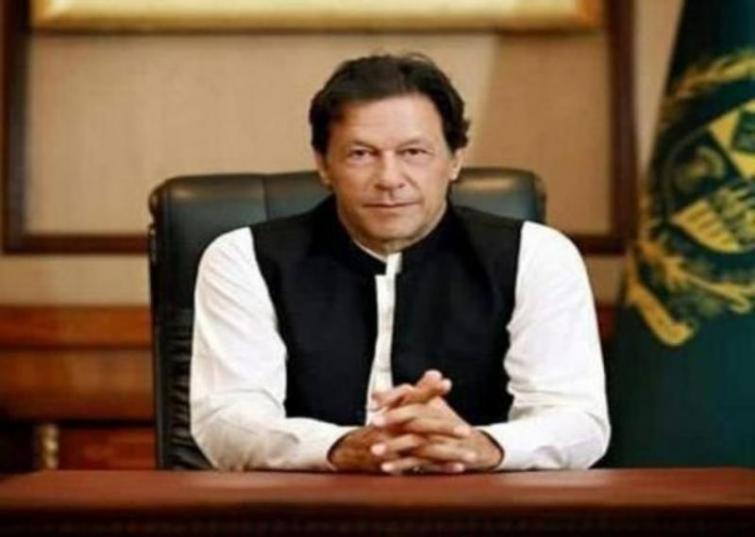
Islamabad, Mar 9 (UNI): Amid mounting pressure from the international fraternity, Pakistan on Saturday decided to label the proscribed organisations in the ‘high risk’ category to comply with the requirement of the Financial Action Task Force (FATF).
Pakistan officials said that defining these banned entities as high-risk meant the investigation agencies, supervisory and regulatory organisations and related institutions would be more alert and proactive to assessments of risk indicators, red flags, guidance and advisories and would be required to the heightened level of inter-agency coordination for information sharing and actions to combat terror financing and money laundering, considered risk to global economy, Dawn reported.
The Paris-based global watchdog against financial crimes had expressed dissatisfaction over considering these entities as low to medium risk and said Pakistan did “not demonstrate a proper understanding of the terror financing risks posed by Daesh, AQ (Al Qaeda), Jud (Jamaatud Dawa), FIF (Falah-i-Insaniat Foundation), LeT (Lashkar-e-Taiba), JeM (Jaish-e-Mohammad), HQN (Haqqani network), and persons affiliated with the Taliban”.
All of them have now been labelled as high-risk entities and would be subject to greater scrutiny by all agencies and institutions of the state, starting from their registration to operations and from their fund collection to bank accounts and issuance of suspicious transactions, information sharing and so on, explained an official. He said these decisions were taken at a meeting of the general council on FATF led by finance secretary Arif Ahmed Khan as part of a series of meetings to comply with the FATF obligations.
Proscribed organisations will be subject to greater scrutiny by state agencies and institutions. Pakistan had banned the FIF and JuD on Feb 21.
All these institutions would complete this exercise within two weeks so as to present a compliance report to a delegation of the Asia-Pacific Joint Group, a regional associate of the FATF- due to visit Islamabad on March 24.
The delegation would review Pakistan’s performance on the basis of Islamabad’s fresh exercise over the next two days (March 25-26) and submit its assessment report to the FATF headquarters.
The FATF would make a fresh review of Pakistan’s current progress and compliance with the remaining targets by May and conclude in its June review meetings whether the country should be moved out of the ‘grey list’ or kept in this list in case of minor shortcomings or be downgraded to the ‘black list’ having serious financial and economic repercussions in case of serious shortcomings.
During the Feb 18-22 plenary and review meetings, the FATF had noted “limited progress” by Pakistan on targets set for January 2019, and urged the country “to swiftly complete its action plan, particularly those with timelines of May 2019.”
Support Our Journalism
We cannot do without you.. your contribution supports unbiased journalism
IBNS is not driven by any ism- not wokeism, not racism, not skewed secularism, not hyper right-wing or left liberal ideals, nor by any hardline religious beliefs or hyper nationalism. We want to serve you good old objective news, as they are. We do not judge or preach. We let people decide for themselves. We only try to present factual and well-sourced news.







